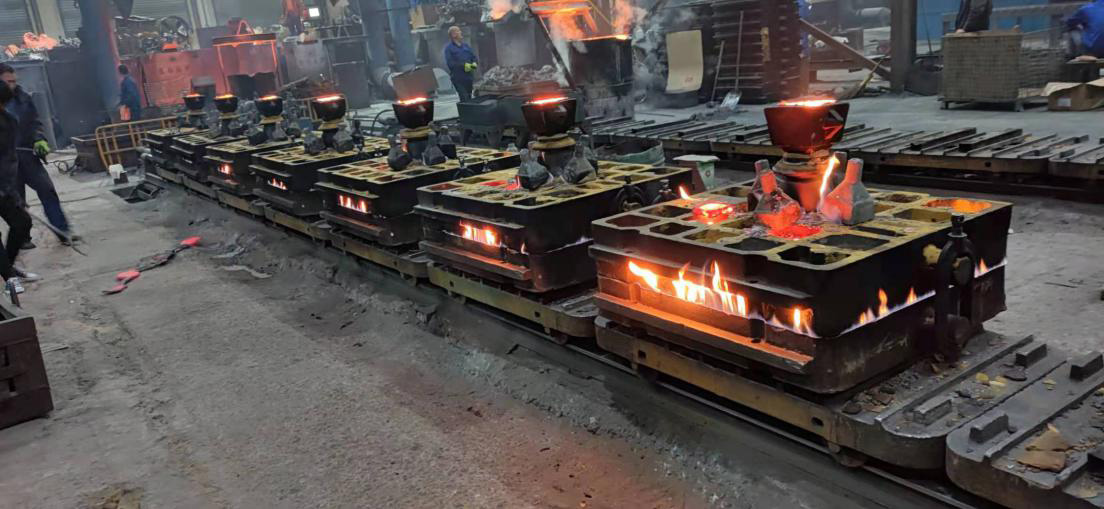Understanding Foundry Sand Composition
Foundry sand plays a crucial role in the metal casting industry, serving as a molding material that shapes molten metal into precise forms. The composition of foundry sand is vital for ensuring the quality and performance of cast products. Typically made from silica sand, the composition can vary based on the specific requirements of the casting process and the type of metal being cast.
Understanding Foundry Sand Composition
Adding other materials can enhance the properties of foundry sand. For example, clay is often added to improve the cohesiveness of the sand mixture. Common clays include bentonite, which helps bind the sand grains together, improving mold strength and reducing the likelihood of cracks or defects. The amount of clay must be carefully controlled, as too much can lead to excessive moisture absorption, which can negatively affect the mold's performance.
foundry sand composition

Other additives, such as graphite or resin-coated sand, can be included to further modify the characteristics of the sand. Graphite can improve the surface finish of the cast product, while resin-coated sands can provide enhanced strength and thermal stability, particularly in high-temperature applications.
Furthermore, the recycling of foundry sand is an emerging practice aimed at sustainability. Used sand can be reclaimed and reused in new molds, provided it is properly processed to remove contaminants. This not only reduces waste but also decreases the demand for virgin sand, contributing to environmental conservation efforts.
In conclusion, the composition of foundry sand is a complex interplay of various materials designed to achieve specific casting properties. Its essential components—silica, clay, and potential additives—must be carefully balanced to ensure optimal performance. As the industry continues to evolve, advancements in foundry sand composition will likely focus on enhancing sustainability while maintaining the high standards required for metal casting processes. Understanding this composition is crucial for foundry operators and those invested in the metal casting industry, ensuring the production of high-quality metal parts that meet stringent specifications.
Post time:ऑक्टोबर . 14, 2024 17:02
Next:Quality Foundry Sand Available for Purchase at Competitive Prices Now
